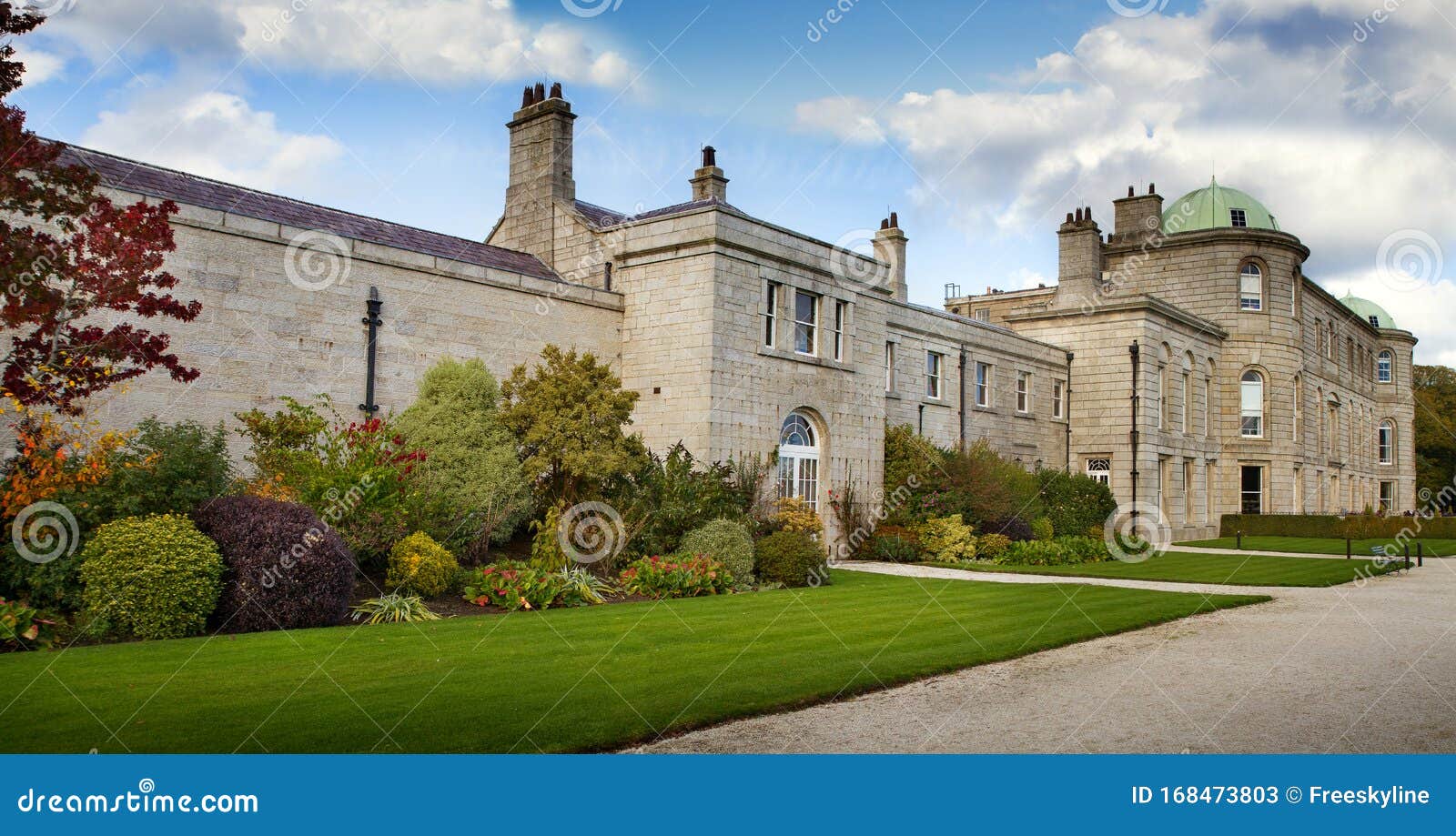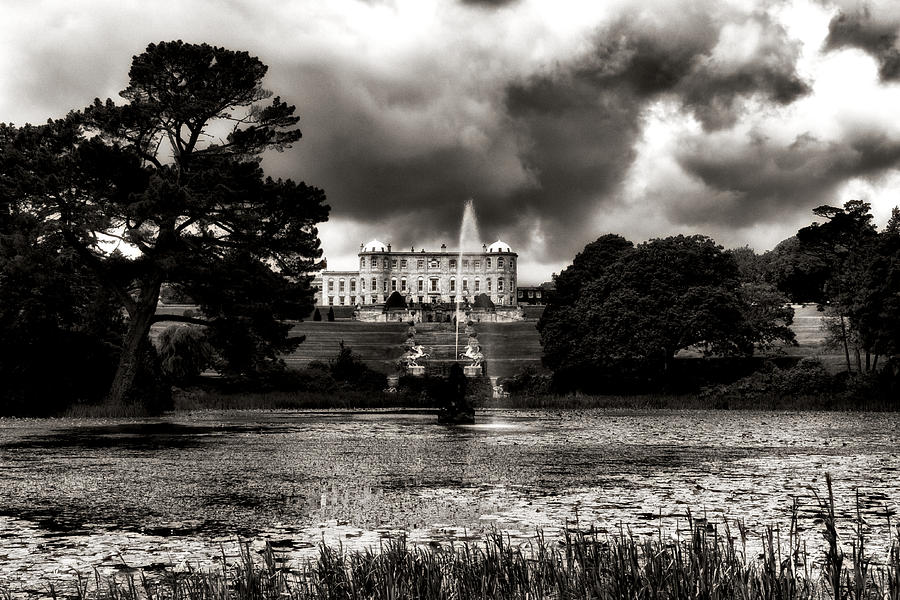Table Of Content

It also Ireland’s tallest waterfall, and flows impressively down a rocky mountainside and is the highest waterfall in the country. The waterfalls and surrounding park are about 4 miles away from the main gardens. Powerscourt Estate is known for having one of the world’s greatest gardens. The landscaped greens were designed over a 150-year period and remain the highlight of any visit to the estate. In addition to plant life, the gardens are filled with lovely statues and beautiful ironworks.
Powerscourt House & Gardens, Enniskerry, County Wicklow
The site was a strategic military position for the Anglo-Normans in the 12th century, and by 1300 the Le Poers had built a castle there. In 1609 the land was granted to Richard Wingfield, Marshall of Ireland. The Powerscourt Arms is an intimate country house that has been providing quality service since 1715. The Country House boasts 11 well-appointed en-suite bedrooms each individually styled and providing all modern comforts, Cosy lounge, Macs Traditional Bar, and The Bistro, Enniskerry. You will find all the comfort, atmosphere & service all of which will be emphasised by the warmth of our welcome.
Enniskerry homes overlook Sugar Loaf Irish Independent - Irish Independent
Enniskerry homes overlook Sugar Loaf Irish Independent.
Posted: Thu, 16 Jul 2020 07:00:00 GMT [source]
Choose a county!
Robert O’Byrne tells us that Daniel Robertson was born in America, and that he was one of the most influential garden designers to work in Ireland in the second quarter of the 19th century. Inspiration for the garden design followed visits by Powerscourt to ornamental gardens at the Palace of Versailles, Schönbrunn Palace near Vienna, and Schwetzingen Castle near Heidelberg. A related property is Powerscourt House, Dublin, which was the townhouse of the family. I’ve been here many years ago and the grounds are just as beautiful as I remembered.
Powerscourt Estate
Powerscourt boss is brimming with ideas - The Times
Powerscourt boss is brimming with ideas.
Posted: Sun, 27 Sep 2015 07:00:00 GMT [source]
The location makes for an ideal countryside escape within easy reach of the city center, and many private tour companies can arrange for half-day visits. After roaming through the green gardens, children will be wowed by Tara’s Museum of Childhood, which includes Ireland’s largest dollhouse and a wide array of perfect, doll-sized furniture and accessories. In 1961, the 11th Viscount of Powerscourt sold his family’s amazing country home to the Slazenger family, who are known in Europe for their impressive sporting goods empire. The building was completely remodeled in the 18th century and turned into a gorgeous Palladian mansion with extensive gardens, including formal Japanese gardens and statue-filled Italian gardens.
Gateway to the Garden of Ireland
The Bistro serves modern classic cuisine using the best of local produce with a warm & welcoming atmosphere. Our Head Chef Louise sources the best quality fresh Irish produce with all dishes cooked to order served by our friendly & attentive staff. The discreet service and stylish furnishings of the Bistro, Enniskerry offer a perfect setting in which to enjoy this unique dining experience. A table d’hote menu is served every evening along with an A La Carte Menu. An extensive wine list is also available with wines carefully chosen from around the world to complement our impressive dishes.
Powerscourt consists of a three storey centre block (see photograph above) joined by single-storey links to two storey wings, in the Palladian style. Borrowing from Mark Bence Jones’s description in his Irish Country Houses, the centre block has nine bays and the entrance front is made of granite. (see [6]) The pediment contains the arms of Richard Wingfield and his wife Dorothy Rowley. Powerscourt Estate is located just 12 miles (20 kilometers) from downtown Dublin.

He married, firstly, Lady Catherine Meade, daughter of John Meade, 1st Earl of Clanwilliam County Tipperary, who gave birth to the heir and “two spares.” Catherine’s sister married the 10th Earl of Meath. After her death, he married Isabella Brownlow, daughter of William, MP for Armagh, and they several more children. Between the pilasters on the breakfront are rondels containing busts of Roman emperors, and a female in the centre rondel.

Irish tattoos: the most inspiring ideas
During the 16th century the house came into the ownership of the Powerscourt family. The family rose in wealth and prominence, and in the 18th century Richard Wingfield, 1st Viscount Powerscourt, commissioned the architect Richard Cassels to extensively alter and remodel the medieval castle to create a modern country house. The entrance hall, where family heirlooms were displayed, was 18 metres (60 ft) long and 12 metres (40 ft) wide. The main reception rooms were on the first floor rather than on the ground floor, the more typical location. The walled gardens still had a colourful display of flowers and shrubs, the trees were in wonderful autumn shades and the Japanese gardens were delightful with the Acers looking very attractive.
Unfortunately, the château was partially destroyed by a terrible fire in 1974. Since then, its owners (the Slazenger family) undertook a major restoration project in 1996, to bring the manor back to its 18th-century glory. However, a golf course has also been added, as well as a number of establishments, including the Avoca Handweavers textile factory and a luxury hotel. In addition to the formally designed gardens, the Powerscourt land also includes a wilder area nearby. The Powerscourt waterfall is one of the most beautiful cascades in Ireland.
A suite of drawingrooms, redecorated for a royal visit (George IV) in 1821, were spread across the garden front at 1st floor level to take advantage of the beauty of the mountains and the valleys. During the 1800's various extensions were added, including a servants' block, stables, diaries and a laundry. It used to be that one went to the estate to see the 47 acres of landscaped gardens, since the house was gutted by fire in November, 1974, and remained closed for many years.
The Powerscourt demesne at Enniskerry in County Wicklow remains one of the best known examples of the "Big House" of Ireland. It was an estate that gave the impression of prosperity during the hardships of the famine and the land troubles during the 1800's. The 1st Viscount of Powerscourt began to build on the site of a castle once lived in by a family named "de la Poer", or in anglicised form, Power. This is the origin of the name "Powerscourt".Powerscourt House itself was designed by the architect Richard Castle and is considered by some to be his finest work. Construction of the house began around 1731 in the Palladian style which was popular at that time.
At 121 metres (397 ft), it is the second highest waterfall in Ireland. In 1858, The 7th Viscount Powerscourt established a deer park around the waterfall, resulting in the successful introduction of the Japanese Sika to Ireland. The waterfall is 6km away from Powerscourt Gardens and is a separate destination. The nearest DART station (rail) to the Estate is Bray, County Wicklow which connects the 185 bus with Dublin City Centre. The rail line runs along the coast of Dublin, from Malahide and Howth southwards as far as Greystones, County Wicklow.
We are constantly working on becoming more sustainable, looking to become net zero by 2025 and to protect our rich biodiversity, supporting native flora and fauna for the generations to come. Wheelchair users and families with buggies will find our attractions easy to access, and our facilities suitably equipped. Those with limited mobility will appreciate the number of benches and picnic tables located in both Powerscourt Gardens and Waterfall. We aim to provide our visitors with the very best standard and array of facilities to help them enjoy their visit. The 44 bus travels direct from City centre to Enniskerry village and takes approx 45 mins to an hour. Named 3rd Best Garden in the world by National Geographic, lose yourself in 47 acres of carefully curated and maintained gardens.
The reasons for the forfeiture of the O'Toole estates were because of the rebellious acts of Brian O'Neill (d. 1549) and Phelim O'Toole himself. That the actions of O'Brien, O'Neill and O'Toole, Lord of Kinelarty, were cited as a reason for forfeiture was bizarre given the fact that at least Phelim O'Toole received a posthumous pardon for unspecified offences on 23 April 1549. Furthermore, alongside Baron Cromwell his estates were surrendered to regrant. Irlanda en Espanol offer Spanish speaking day tours to the Wicklow mountains which include a visit to Powerscourt Gardens. You can book to join a group on a bus from Dublin City center to visit Powerscourt Gardens. Hilltoptreks offer Award-winning Guided and Self Guided tours in Wicklow.

No comments:
Post a Comment